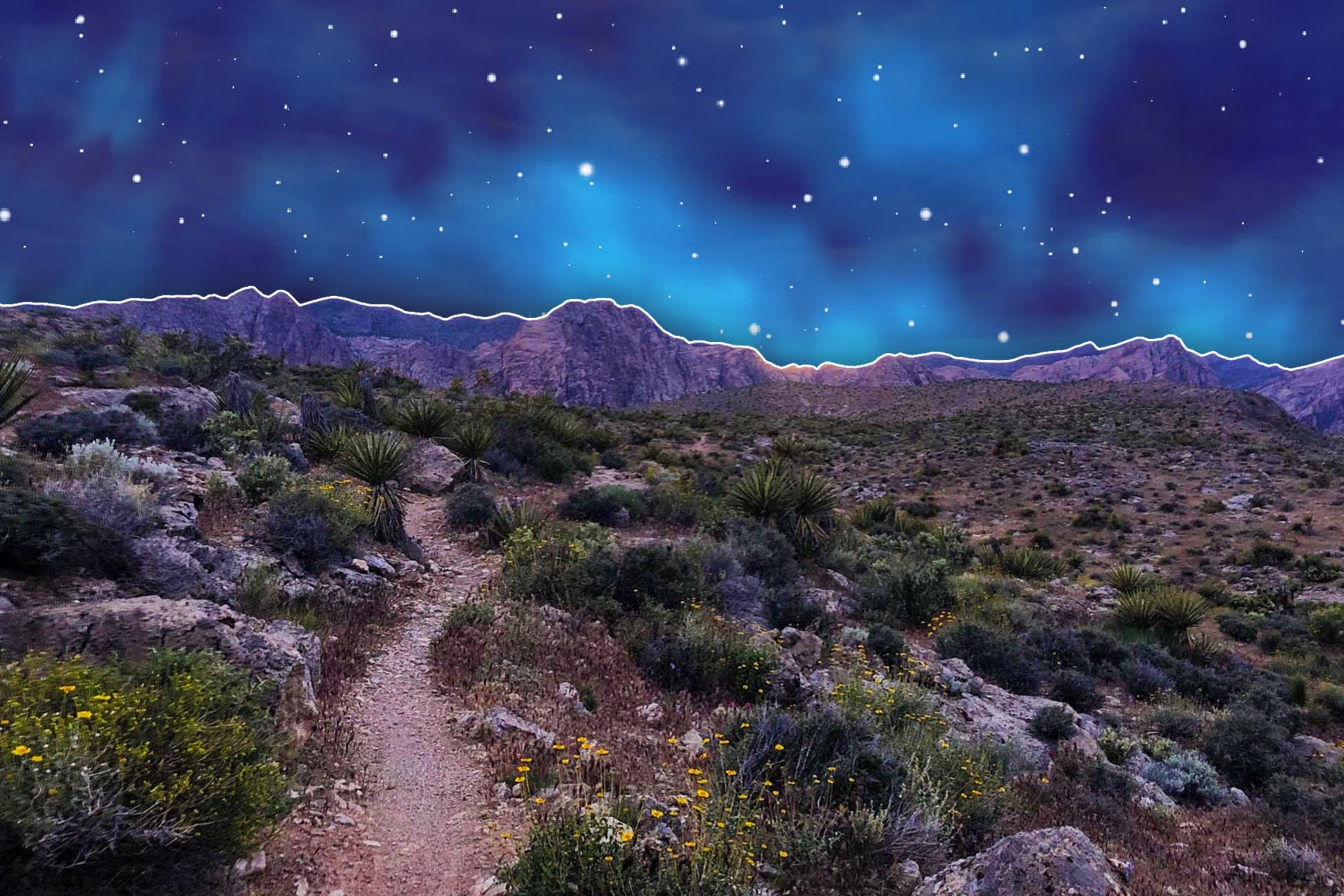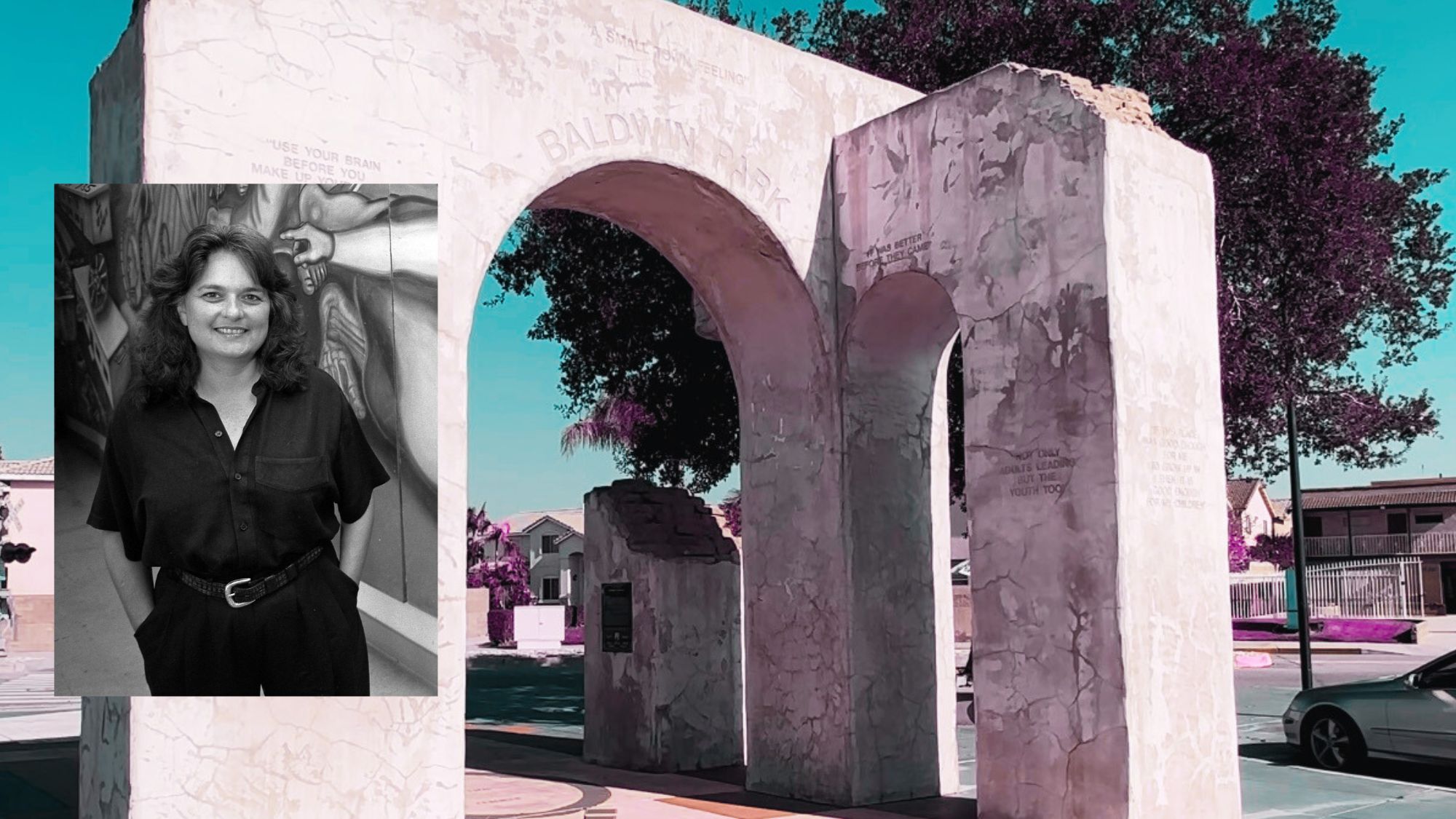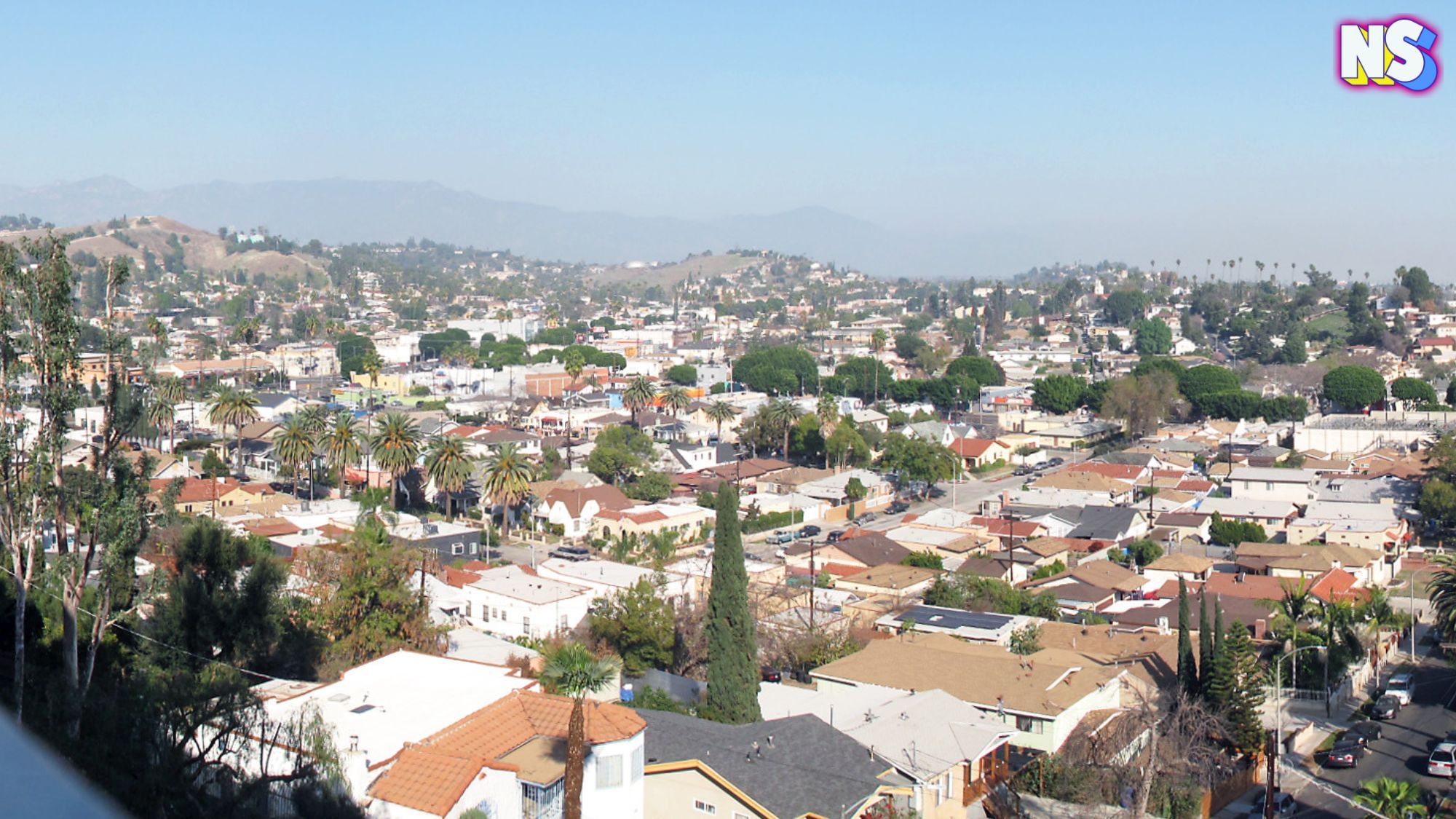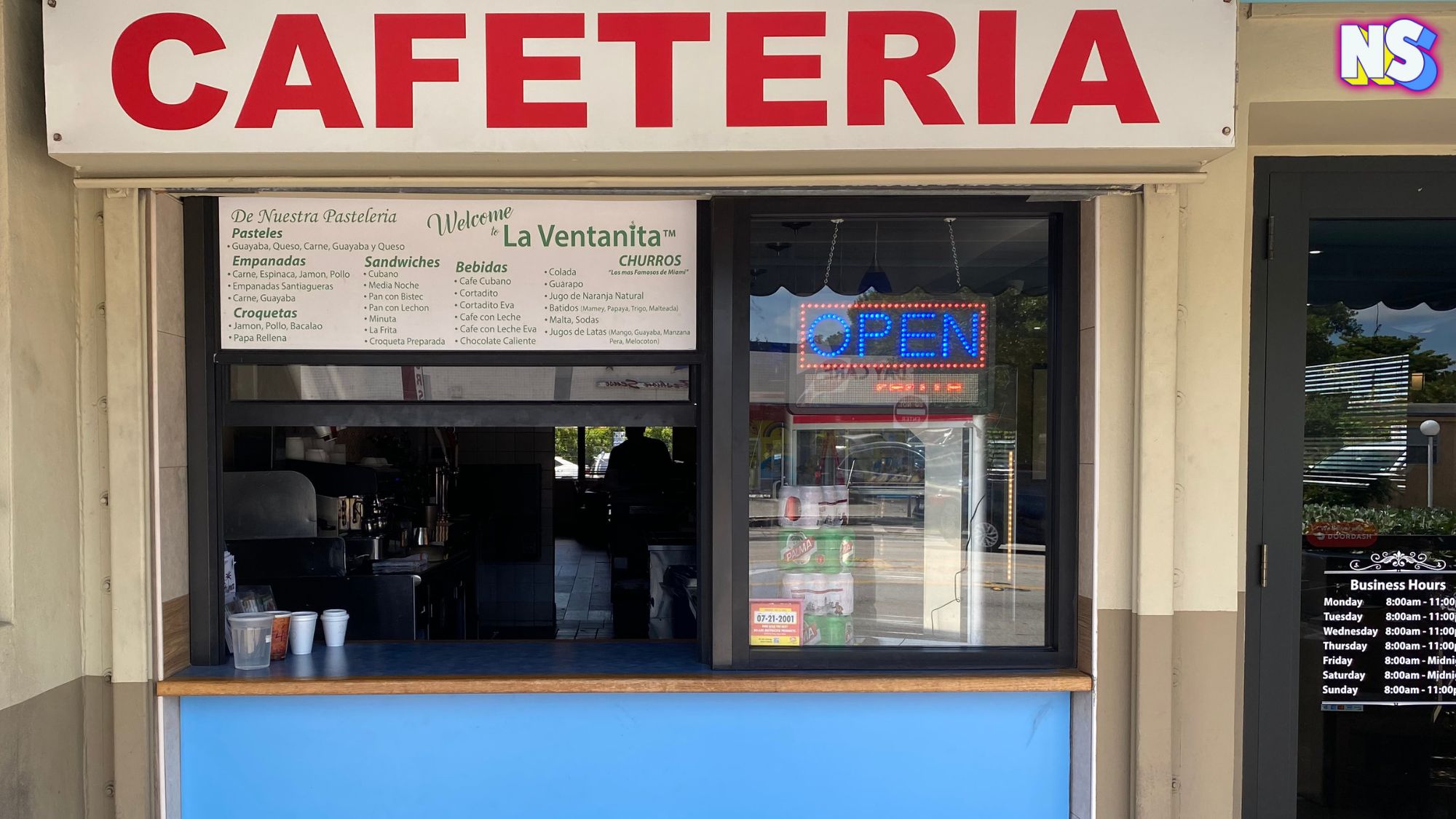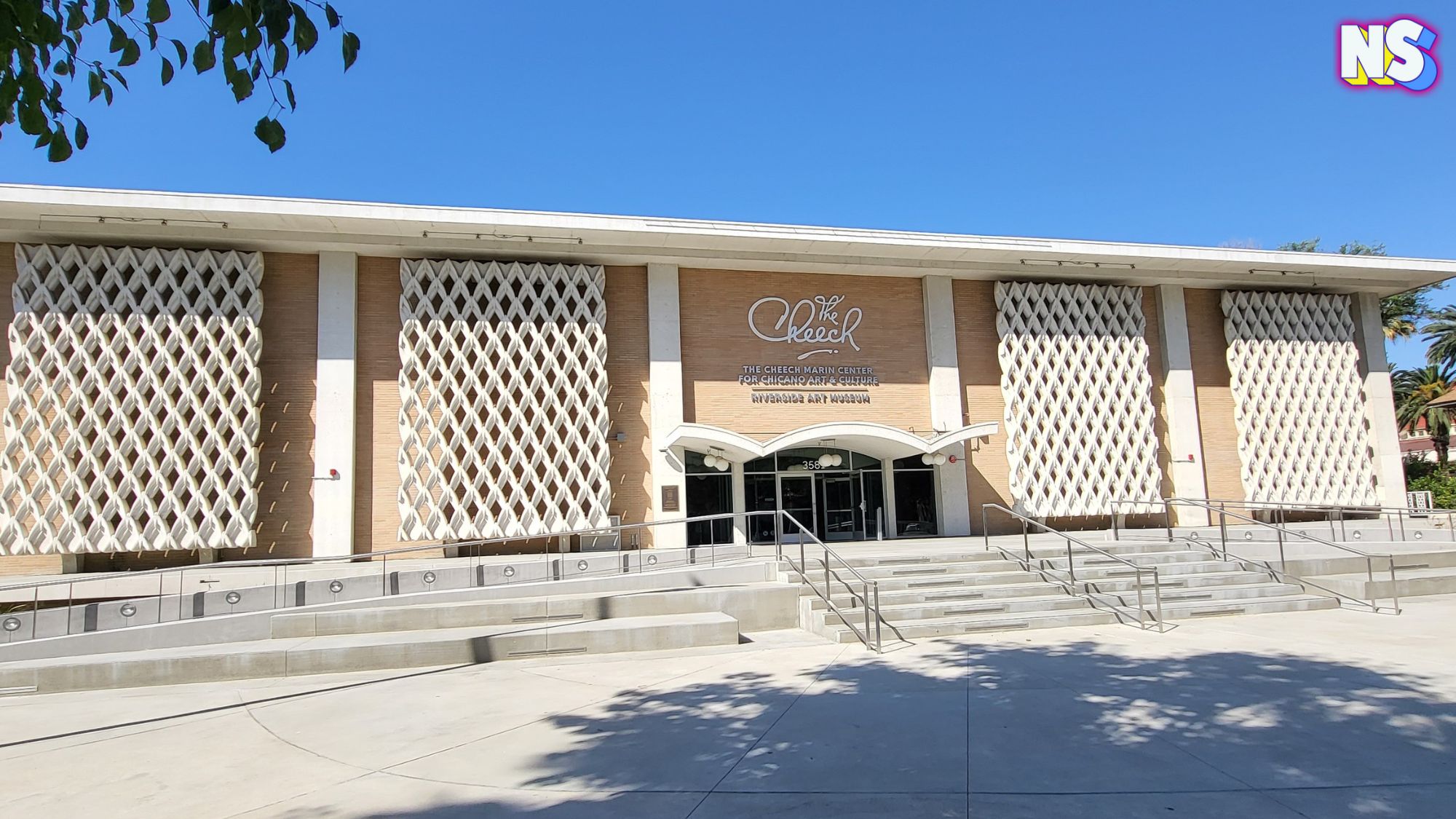Image courtesy of Nuestro Stories.
Different tribes who lived throughout the areas now known as Colorado, Utah, and New Mexico were the first to establish a system of trade trails that connected the states through the natural terrain.
Whether for hunting, trade, or general travel, this system of trails managed to allow safe passage for so many of those who were Indigenous to the land. With terrain that tended toward dangerously hot and dry, the trails were often the difference between life and death.

It was as early as the 1700’s that the Spanish colonizers first made contact with the Indigenous who lived in the area in order to utilize the trails. For the Spanish, who were completely unaware of how to survive in the heat and weather of the area, the trials were the only way they could manage to travel safely to increase their trade routes.
The trails continued to be an officially unofficial part of the Colorado/Utah/Arizona landscape all the way through the early 1800s. After Mexico became independent from the Spanish, the trade routes began to explode with a flourishing market that could now exchange freely with the Eastern and Western states. Around this time, the trails started to be further developed, as many traders of all cultures were looking for a way to connect the Southwest to the rest of the US.
The main branch of the trails became officially established in 1829. It stretches from Colorado to Utah, looping south at Arizona and Southern Nevada until finally ending in Los Angeles.
The trails are still technically functional and jointly run by the Bureau of Land Management and National Park Services. Along the main trail, you can still find areas that still have marks left behind by the hundreds upon thousands of mules who assisted in the transportation of goods. The Santa Fe Plaza, which acts as a standing landmark to one of the biggest trade hubs along the route, is open to all and still has a multitude of traditional garb, arts, and crafts that can be purchased from Indigenous artisans.
Things to know before you go:
- The trail crosses multiple states, so it depends on where you want to start or where you want to end up as to where you should begin your journey.
- Segments of the trail are accessible on Route 25 in New Mexico, I-70 between Utah, Colorado, and Nevada, and parts of I-5 in Southern California
- Santa Fe Plaza is open to the public, but the hours vary on the weather and season, so call 505-955-6200 to get further information

